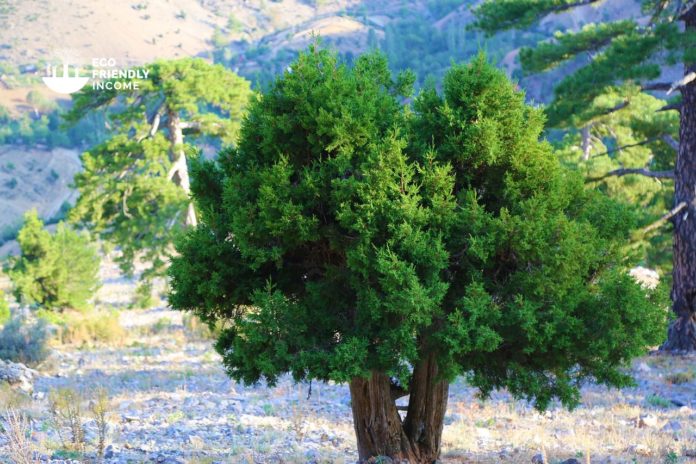This guide is meant to teach you how to propagate Rocky Mountain Juniper (Juniperus scopulorum) and hopefully make it easier for you to sell them at your own nursery.

Hardiness Zone: 2 – 8

Soil Type: Well-drained, Sandy, Gravelly, Loam, Clay

Water: Low. Drought Resistance

Exposure: Full Sun to Partial Shade
Rocky Mountain Juniper (Juniperus scopulorum) is a coniferous tree hardy up to hardiness zone 2. There are a few characteristics that can help you identify them.
How to Identify Rocky Mountain Juniper (Juniperus scopulorum)
Bark
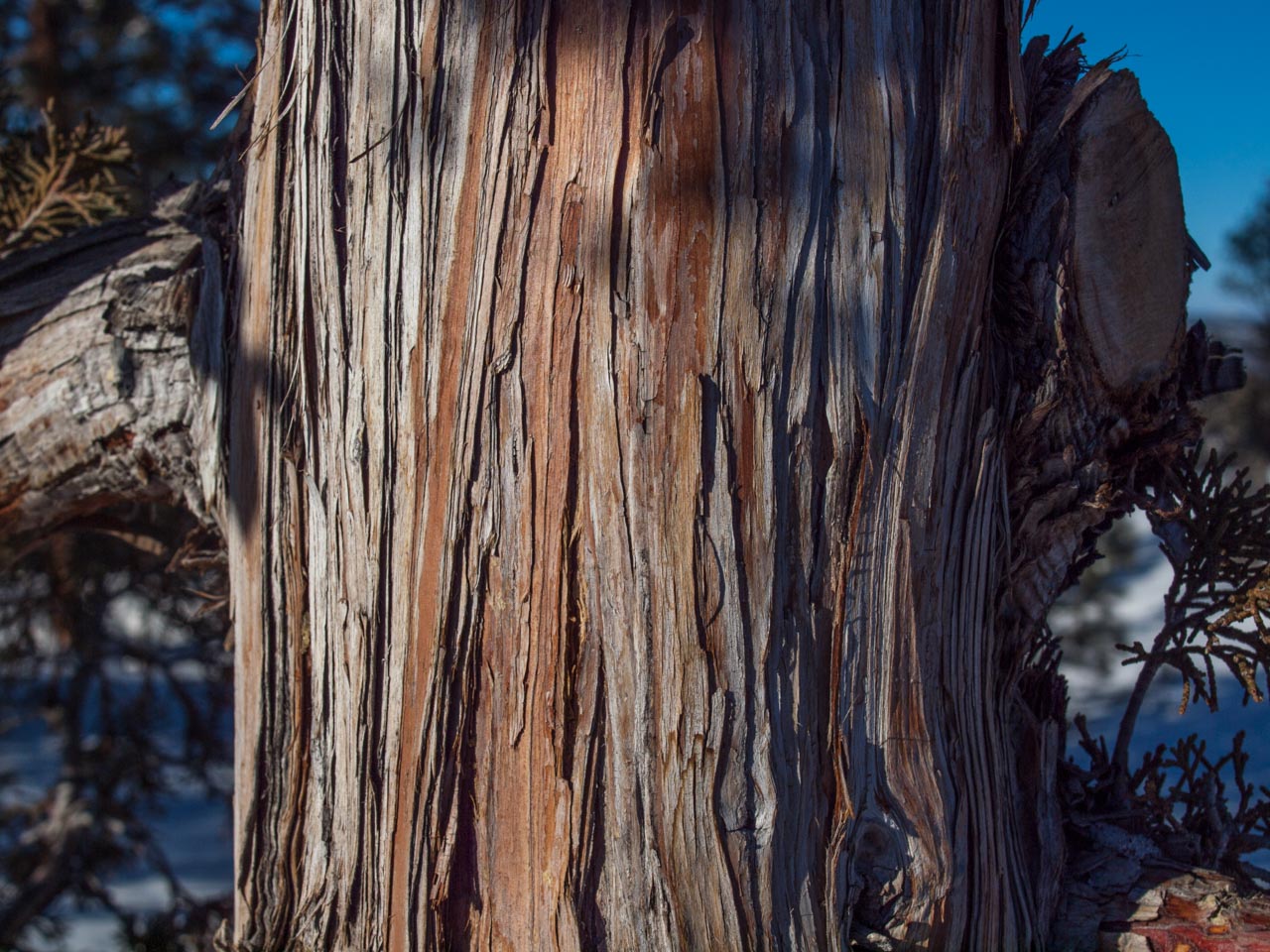
Rocky Mountain Juniper bark is thin, grey, or reddish-brown and shreds off in strips.
On mature trees, the bark is fibrous or stringy with narrow ridges of scales.
Young juniper bark is smooth, with a reddish-brown color.
Leaves
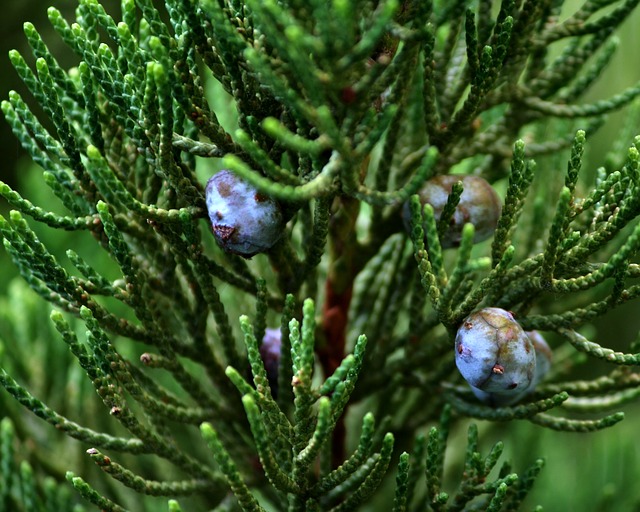
Rocky Mountain Juniper leaves are linear-shaped, and scale-like (overlap each other). They grow in an alternate arrangement along the stems.
On young branches, the leaves may be longer and more needle-like, scattered in twos or threes; pale yellowish-green, then turning to greyish-green on older twigs.
Cones
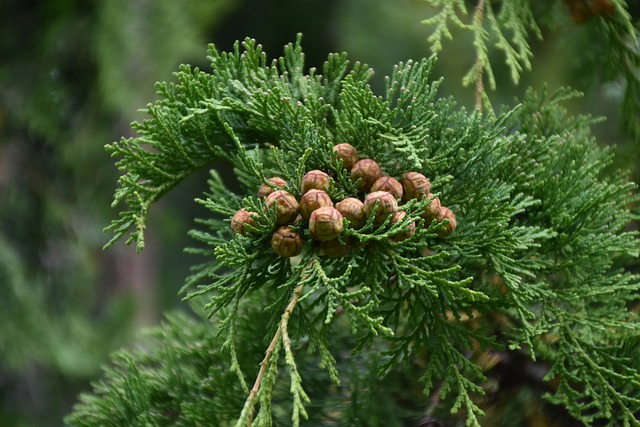
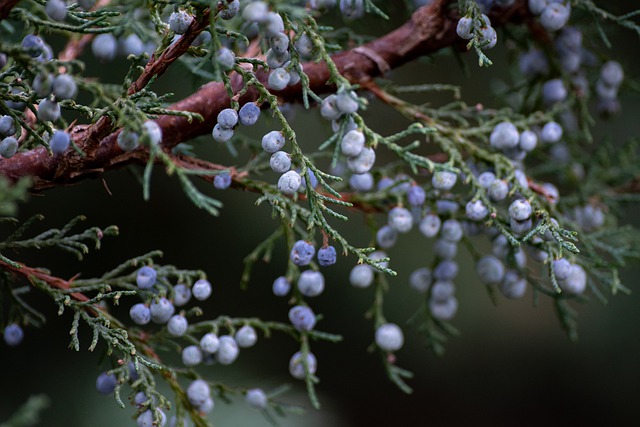
Rocky Mountain Juniper cones are rounded, small, fleshy, and located at the ends of the branches.
They actually start out brown as a cone but turn into bright to dark blue fruits with a greyish tinge.
The fruits are about 1cm in diameter, and each branch can hold upwards of 10 berries.
Inside each berry rests at least 1 seed.
Cones, along with seeds, are ready to pick later in the season, usually in late summer to autumn.
Habitat
Rocky Mountain Juniper’s natural habitat is dry, mountainous regions. They also grow in lower altitudes by the coast and have a tolerance to salt spray.
It is a native plant in much of the rocky mountain range in Canada and the U.S.
It has a few companion trees like the Douglas Fir and Ponderosa Pine. Sometimes found in pure but open stands, or as a shrub layer under them.
In urban settings, rocky mountain juniper is a top choice for shrubs in landscaped malls or store areas.
Older trees with their twisted bark can be very appealing.
If you live in a big city, it’s possible that you have some in your neighborhood. If you want some seeds, you could always go for a walk and collect the berries from them in autumn.
Take a look at the USDA Plants Map, they grow naturally in the central & western sides of the U.S. and Canada. Although you might still have cultivated ones outside of this zone.
Lifespan
Rocky Mountain Juniper boasts an impressive average lifespan of 70-100 years.
Many older specimens have exceeded 275 years of age, one in Utah (The Jardine Juniper) is at least 1500 years old.
Size
A fully grown rocky mountain juniper has a height of 20 -30 feet and a spread of 8-12 feet.
They are slow growers with a rate of about 1 foot per year.
Commercial value
Rocky Mountain juniper lumber is close-grained, durable, and aromatic.
It can be used for furniture, interior paneling, fence posts, fuel, and novelties such as chests.
It is especially well-suited for fencing because the wood lasts a long time in contact with the ground.
Juniper berries are used to make gin, marinades, and spice rubs.
The foliage is used for incense, teas, or salves to treat a variety of ailments.
Most importantly, Rocky Mountain Junipers make great landscaping trees. They look good all year long and provide food & shelter for animals.
Medicinal Properties of Juniper Leaves
Juniper leaves can be made into tea, decoctions, and tinctures to treat certain medical conditions such as:
- Respiratory problems
- Backaches
- Vomiting
- Diarrhea
- Dandruff
- High Fever
- Arthritis
- Muscular Aches
- Kidney & Urinary Ailments
- Heart & Circulatory Problems
Wildlife Value
Rocky Mountain Juniper is a beneficial tree for a variety of mammals, birds, and insects.
Their dense protective shelter is especially valuable in the winter.
Rocky Mountain juniper is a favored nesting tree of chipping sparrows, robins, song sparrows, and mockingbirds, and is used for nesting by sharp-shinned hawks in Utah. Juncos, myrtle warblers, sparrows, and other birds roost in the dense foliage.
It’s a valuable cover & food tree for bushy-tailed woodrats, white-footed mice, deer mice, prairie voles, pocket mice, and eastern cottontail.
Squirrels, deer, elk, and moose might occasionally browse the trees, and use them for cover.
Best Way to Propagate Rocky Mountain Juniper (Juniperus scopulorum)
How to Propagate by Seed
There are two ways you can get rocky mountain juniper seeds, you can buy them online or extract them yourself.
Extracting yourself will be more work but you can be sure that if you propagate juniper this way, you’ll have full control over more things.
You’ll know how old the seeds are for example, and if they were stored properly or stratified.
How to Harvest Juniper Seeds
First, find a juniper tree and harvest the berries during fall or winter.
Second, place the berries in a paper bag at room temperature until they dry.
Finally, the fruits will be much easier to extract now that they’re dried.
Here’s what Rocky Mountain Juniper seeds look like:
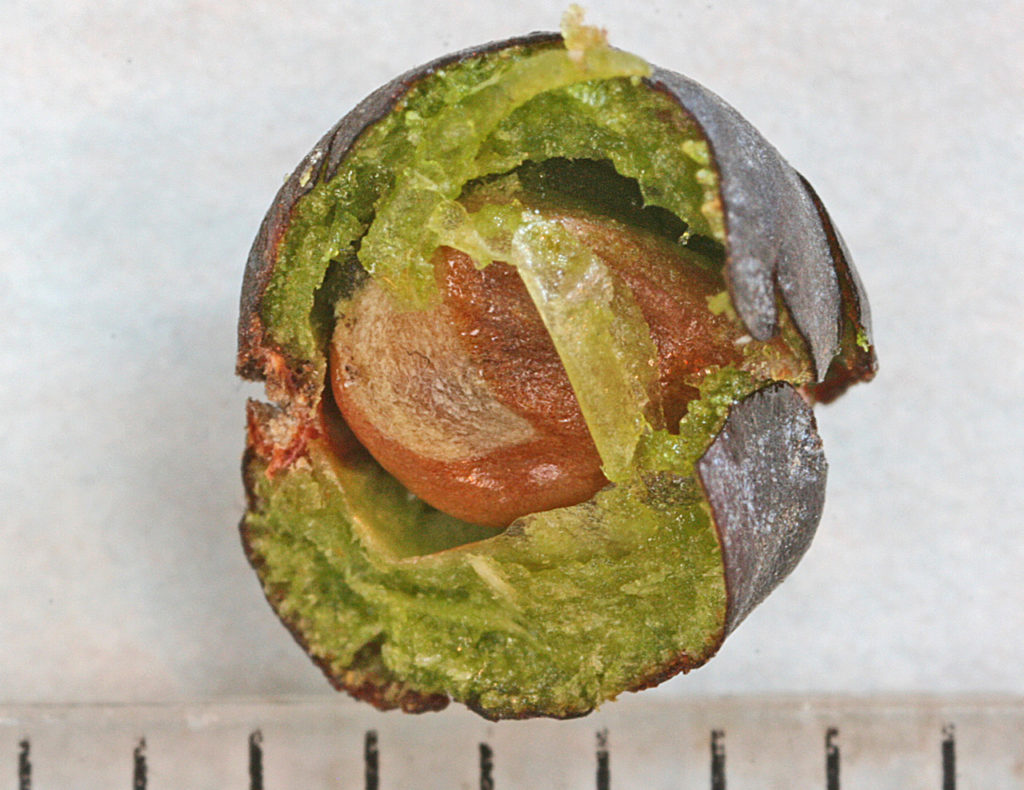
Alternatively, you can order Juniperus scopulorum seeds online here on amazon.
The link below is an Amazon affiliates link and we may earn from qualified purchases.
How to Germinate Rocky Mountain Juniper Seeds
If you want to succeed with seeds, you’ll need to reproduce the natural process. You can do it in 3 easy steps:
- Scarify: Soak in hot tap water, and let rest in the water for 6 hours.
- Stratify: Place in a ziplock bag, add a bit of sand, moisten, then keep in the refrigerator for roughly 90 days. (Tag the date & name on it)
- Germinate: Sow seed 1/4 inch deep, tamp the soil, then mulch the seed bed.
After you sowed your seeds, maintain a good level of moisture. It can take from 1-2 weeks to germinate, as long as you had cold-stratified your seeds first. Without cold stratification, they might not even germinate at all.
There is a way to avoid all that process though but you will equally have to wait.
What you can do is just plant the juniper seeds in pots at the end of fall and leave them outside during the winter. They’ll go through natural scarification just like they normally would but at least they’re planted.
With this method, you need to make sure vermin leave your seeds alone and moisture is kept up the whole winter.
They’ll germinate the following spring.
How to Propagate Rocky Mountain Juniper with Cuttings
If you want strong, sturdy plants, then using semi-hardwood cuttings to propagate rocky mountain juniper is your best bet.
First, there are two very important aspects you need to know before taking cuttings.
- Take your cuttings only from young, healthy plants. Older trees lose their ability to regenerate over the years.
- Take your cuttings at the right time. Timing is the most important factor in success
Semi-hardwood cuttings are taken after the vigorous growths from this season have begun to harden.
Pretty much everywhere you are, that’ll be roughly 60 days after the plants start growing again.
How long your cutting season is depends on your hardiness zone, the farther north you are the less time you’ll have.
How to Take Semi-Hardwood Cuttings

- First, take a close look at branches and identify this season’s growth.
- There’s a color difference between old growth and new growth.
- Now take cuttings from that the season’s growth, but snip just below where the stem goes from green to brown.
- You want the base of each cutting to have some brown to it, next, scuff up the bark about 1 inch from the bases.
- Dip in rooting hormones (1,500ppm IBA) and then plant into your propagation beds.
- Recommended rooting medium is sand, moisture should be kept at all times, and base heat helps hasten rooting.
- Roots are slow and can take longer than 10-12 weeks before repotting.
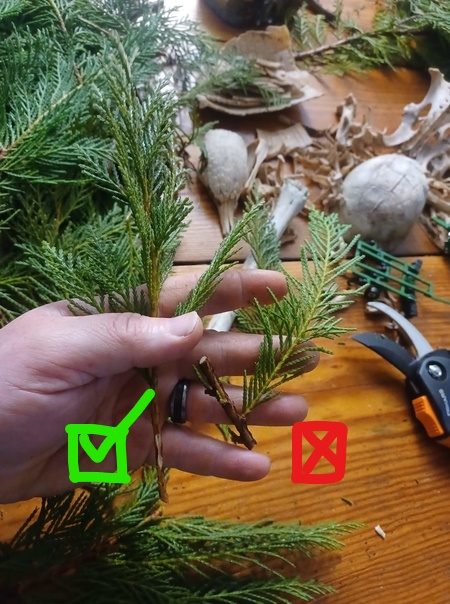
Recommended rooting medium: Sand with peat mix 90/10.
Tip: You can use bottom heat to speed up the process and also cover it with plastic to retain moisture.
There are three essential items that help optimize cutting or germination success indoors:
- Heating Mats with Thermostats
- Vented Seedling Trays with Covers
- Full Spectrum LED Lights
I personally use all 3 of these and can attest to them.
The links above are Amazon affiliates links, as an Amazon Associate, eco friendly income earns from qualifying purchases. Your support will help us continue to provide quality content on plant propagation and identification.
With this setup, you can set at least 6 trays per heating mat. The thermostat regulates perfect rooting and sprouting temperature and the lights have a timer.
Since I don’t have access to my tree nursery in the winter, I work with these little propagation stations inside.
You can set up one of these on multiple levels of shelving, each mat keeps the bottom warm for 72 cells.
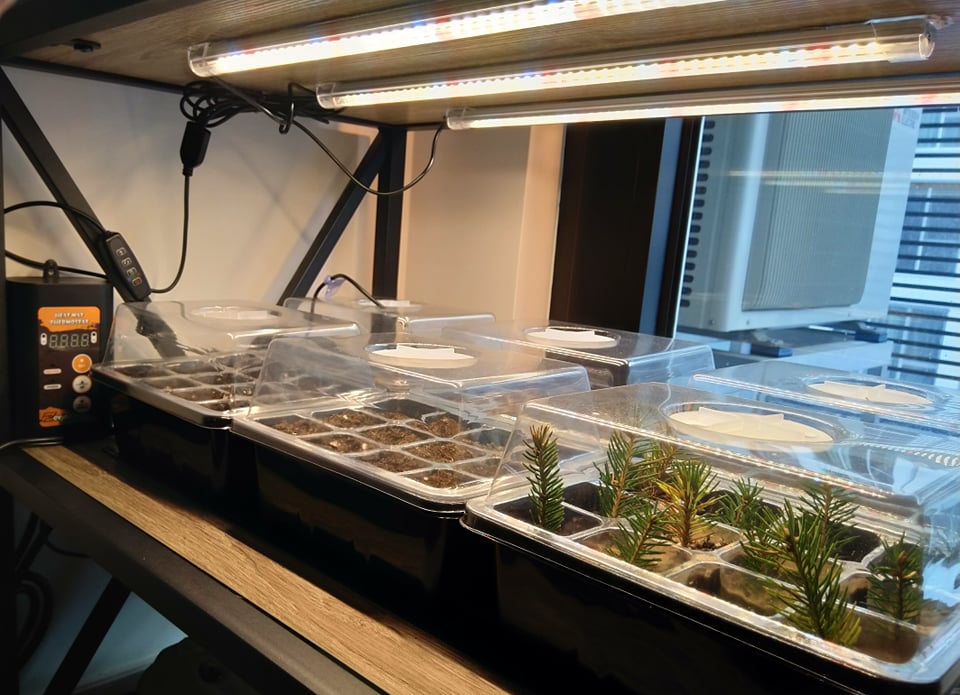
FAQ
Q: Are Rocky Mountain Juniper berries edible?
A: Yes, rocky mountain juniper berries are edible raw or cooked, they are sweet and fleshy, but strongly flavored.
That’s it, that should have you covered to multiply your trees!
Let’s go propagate rocky mountain junipers!
Got any questions or tricks to add? Don’t be shy to comment below and spark up a conversation!

